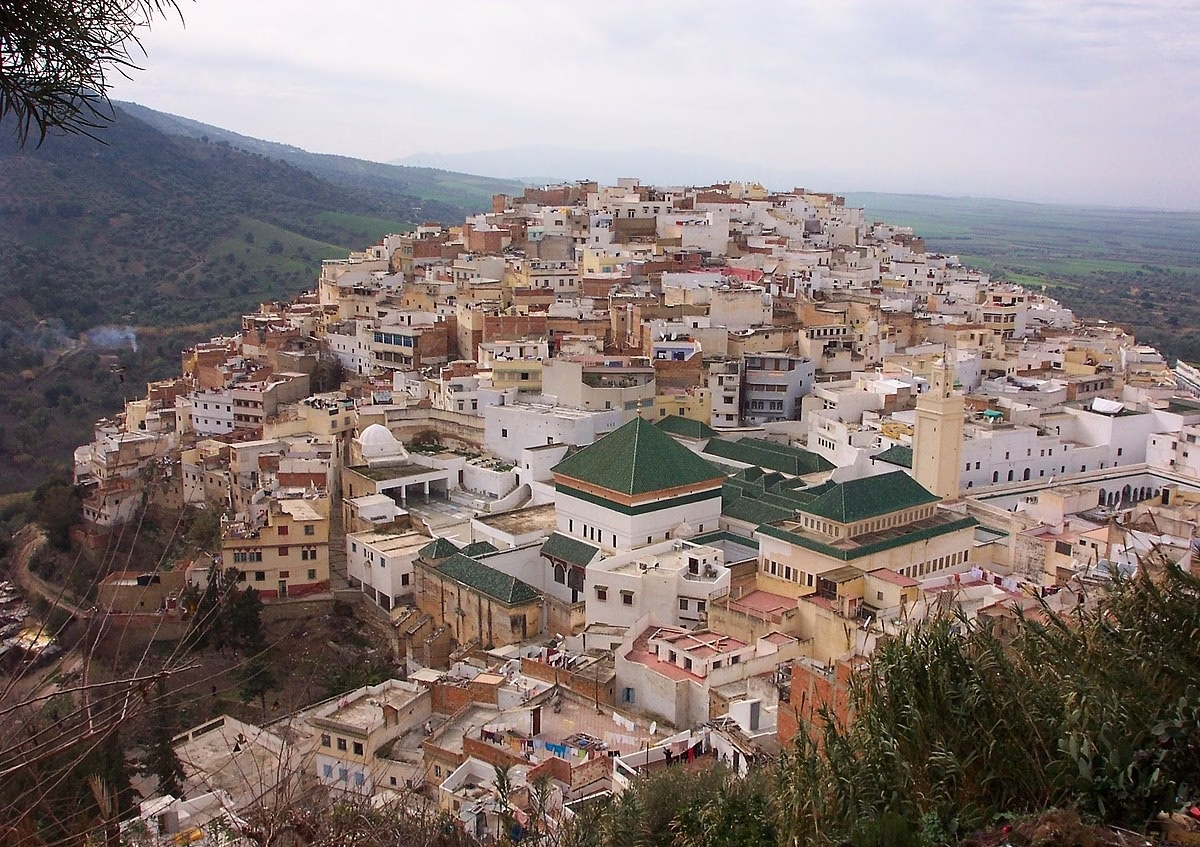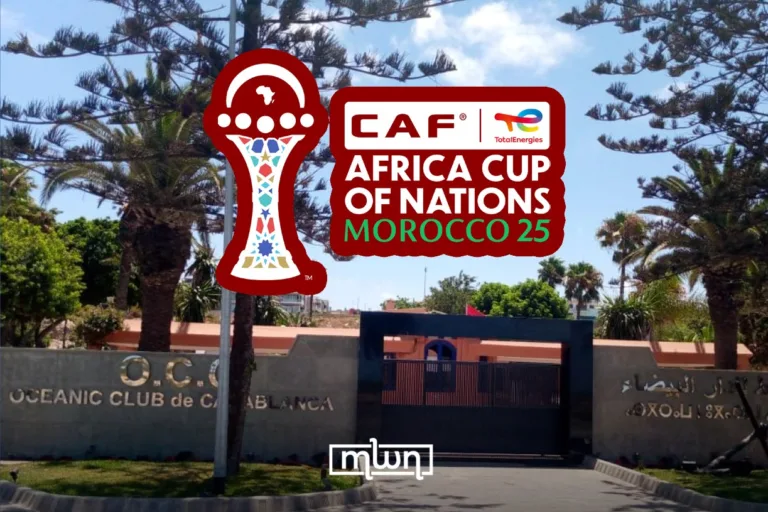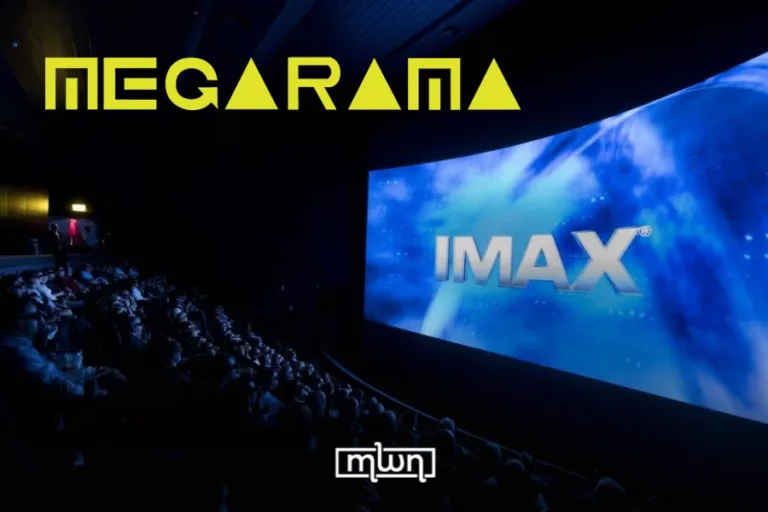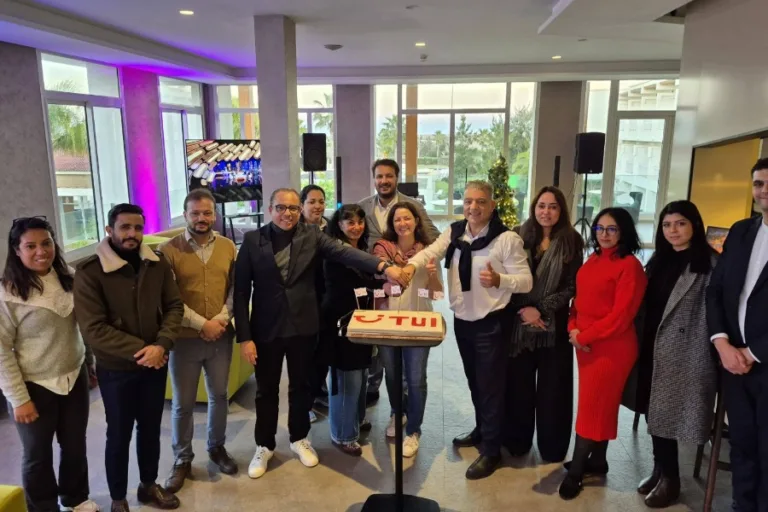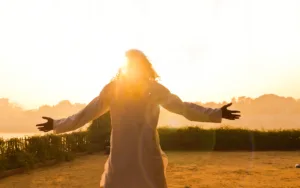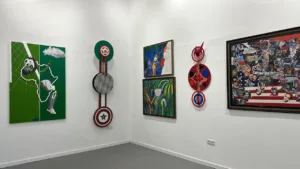Perched on two hills and wrapped in olive groves, Moulay Idriss Zerhoun is Morocco’s most sacred secret.
Fez – Within the green folds of the Middle Atlas foothills, Moulay Idriss Zerhoun is more than just a dot on the map; it’s where Islamic Morocco began.
The city, named after its founder Moulay Idriss I, is the first Islamic settlement in North Africa, perched 550 meters above sea level and draped dramatically across two hills under the shadow of Mount Zerhoun.
From a distance, the town appears like a whitewashed labyrinth clinging to the hillside, surrounded by olive groves that seem to have been growing here forever.
Until 1917, non-Muslims were not even allowed to enter, a restriction that has since faded, but its aura as a sacred city hasn’t.
The maze and the view
Navigating Moulay Idriss Zerhoun feels like walking through a sunlit dream of stairs and secret turns.
The town is a maze of narrow passages, with “terraces” offering sweeping views over tiled rooftops, winding alleys, and the revered shrine at the heart of it all. It’s peaceful, yes, but never dull.
At the center of town lies the mausoleum of Moulay Idriss I: a direct descendant of the Prophet Muhammad and the founder of the Idrisid dynasty, the first Islamic ruling family in Morocco.
He fled Abbasid persecution in Baghdad and settled here at the end of the 8th century.
Twelve centuries later, his presence is still deeply felt. His shrine is more than a historical site, it’s a spiritual anchor for thousands.
The grand Moussem: A pilgrimage of joy
Every year in late August, Moulay Idriss Zerhoun comes alive during its most important religious festival: the Moussem of Moulay Idriss. Think of it as a spiritual celebration, a local Hajj for those who can’t afford the pilgrimage to Mecca.
Thousands of pilgrims, Sufi brotherhoods, and folklore groups pour into the town, carrying offerings and moving to the rhythms of traditional music. The Aissawa, Hmadsha, and Ahle Touat perform in the streets, beating drums and chanting as they march.
One of the most anticipated rituals is led by the Sufi order of the Alamiyine, who open the festivities with the “khamra”— a symbolic ceremony of spiritual intoxication that gradually escalates into ecstatic union with the divine. It’s powerful, poetic, and deeply Moroccan.
Liquid gold: The olive season
Come November, the town slips into a different rhythm: it’s olive season. Moulay Idriss Zerhoun has been known since ancient times for its rich olive oil production.
Walk around and you’ll see trees dotted with brightly colored plastic tarps to catch the olives as they fall. Local presses still operate the old-fashioned way, and the scent of fresh oil fills the air.
Sometimes, small pop-up markets appear selling freshly picked olives: sharp, salty, and utterly addictive.
Where to stay
You’ll find a handful of charming guest houses and riads inside the town, with more lodging options sprinkled around the surrounding countryside.
Where to eat
Head to the central square for no-fuss local food. Think bubbling tajines, grilled kefta, and the kind of bread that tastes like it was made by someone’s grandmother, because it probably was.
How to get there
From Meknes, it’s an easy 26-kilometer trip. Take National Road 13, then turn right about 8 kilometers in toward Moulay Idriss Zerhoun. You can also grab a grand taxi from in front of the French Institute in Hamria, or hop on a bus from Lahdim or Sidi Said.
Read also: Morocco Shines as Guest of Honor at Rotterdam’s Arab Film Festival

